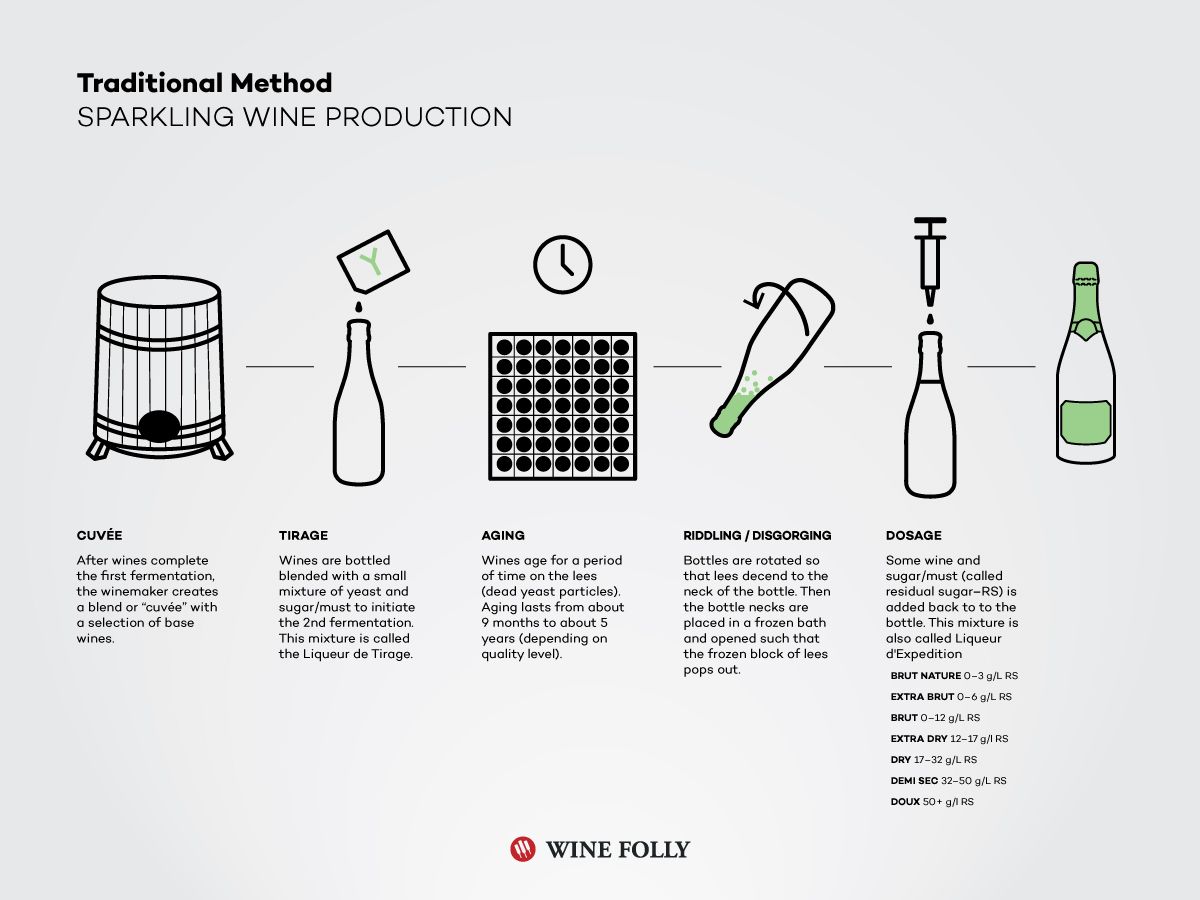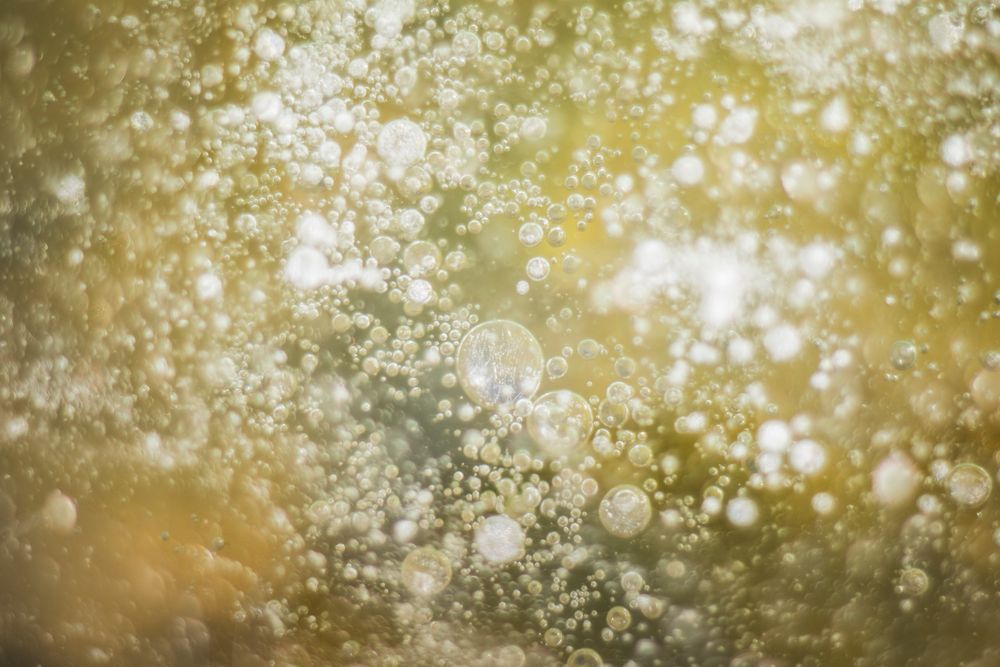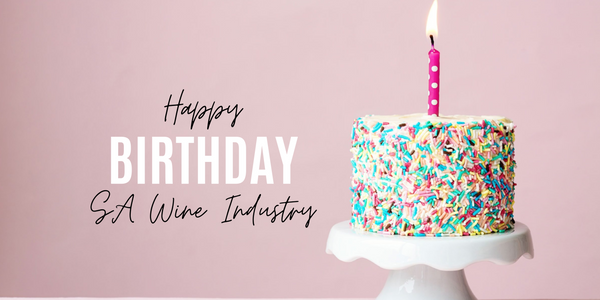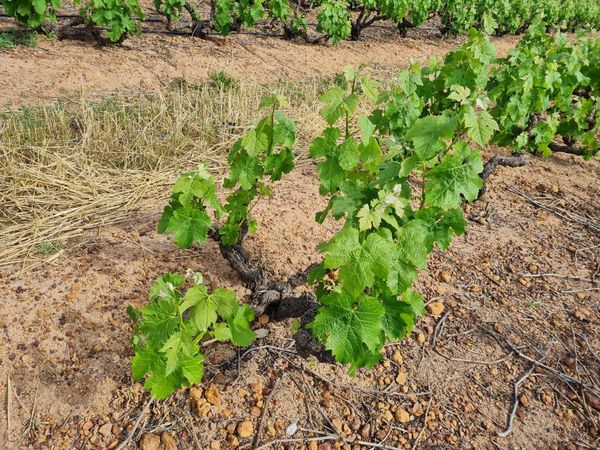Sparkling Wine
We’re still living in lockdown. Day 48.
Possibly one of the first things that I will do after the lockdown period has come to an end will be to open a bottle of sparkling wine (as soon as I can buy one). In celebration of freedom.
Disclaimer: I’ve never really been one to just buy a bottle of sparkling wine to enjoy at home. I do like to order a glass for a pre-dinner drink from time to time, but apart from that and having some at weddings I haven’t really taken the time to appreciate it for what it is.
What fascinates me about sparkling wine is the entire process, which I learnt about whilst doing my WSET Level 2 Award in Wines course.
Sparkling wine refers to any wine that has been carbonated in a pressurised tank. There are a six main methods of creating sparkling wine:
- Traditional Method
- Tank Method
- Transfer Method
- Ancestral Method
- Continuous Method
- Carbonation
Today I will delve a little into the Traditional Method since South Africa’s very own Methóde Cap Classique wines are made in this way.
What is Methóde Cap Classique?
The term Methóde Cap Classique refers to sparkling wines made in South Africa using the Traditional Method. The most famous wine made using the Traditional Method is Champagne.
The difference between the two? One is made in South Africa, the other in the Champagne region in France. As is the case with Champagne, only wines made in South Africa using the Traditional Method may be called MCC (Methóde Cap Classique) wines.
Traditional Method process

Sparkling wines made in the Traditional Method undergo 5 basic steps from the end of the first fermentation to being ready to enjoy.
Step 1 — the cuvée
Winemakers start off with still wines, generally using Chardonnay, Pinot Meunier or Pinot Noir, that have completed the first fermentation (meaning that these are ready to drink as still wines). These wines are generally low in alcohol, high in acidity and dry.
These wines are blended together to create what is called the cuvée or base wine.
Step 2 — the second fermentation
The cuvée along with yeast and sugar (or must), which is added to force the start of a second fermentation, is then bottled. The bottles are sealed with a crown cap and stored on their sides.
During the second fermentation the yeast converts the sugar into carbon dioxide (responsible for the bubbles) as well as a bit of alcohol (around 1.5%).
Step 3 — ageing
Once the second fermentation is complete, the lees (dead yeast sells) forms a sediment in the bottle. The lees is responsible for the biscuit and bread flavours that are commonly found in sparkling wines.
Wines are aged lying sideways, on the lees (meaning the dead yeast sells are left inside the bottle) for anything between nine months and five years depending on the quality, style and desired intensity of flavours of the end product.
Step 4 — riddling and disgorging
Before the wine can be sold, the lees needs to be removed so that the wine doesn’t stay cloudy. Riddling involves the timely process of slowly turning the bottles from a horizontal position to an inverted vertical position (from lying on its side to standing on its head). This allows the lees to slowly slide into the neck of the bottle.
Traditionally this was done manually (by hand), and some wineries still prefer this way of riddling their wine, but others have opted to use a machine called a gyropalette that can process hundreds of bottles at a time.
Once all of the lees is in the neck of the bottle, the neck of the bottle is frozen and the lees is trapped in a plug of ice. When the crown cap is remove, the pressure that has built up inside of the bottle forces the lees plug out. This is called disgorgement.
Step 5 — dosage
The final step, before the wine is resealed and ready for consumption is called dosage.
During this process the wine in the bottle is topped up with a mixture of wine and (usually) sugar called liqueur d’expédition. The term dosage can also refer to the amount of sugar that is added at this time which determines the final sweetness of the wine.
Wines for which the liqueur d’expédition contains only a little sugar are labeled Brut. These wines taste dry because of the high acidity and lively bubbles. Demi-sec refers to wines of medium sweetness.
After the wine has been topped up, the bottle is resealed and the wine is ready for consumption!
Step 6 — drink the wine
Now that you know a bit more about the whole process involved in making a bottle of Traditional Method sparkling wine, it is time to enjoy a glass and appreciate the time, dedication and art that goes into one bottle.
South African MCCs to try
Lastly I would like to urge you to order a bottle of MCC (online) from one of South Africa’s producers to be delivered once lockdown regulations allow for this.
For a complete list of MCC producers in South Africa you can click this link. 🍾 🥂
Thanks for reading! 🥂 Until next time; stay home, stay safe.
Follow The Wine Dream on Instagram for more photos and tasting notes.




